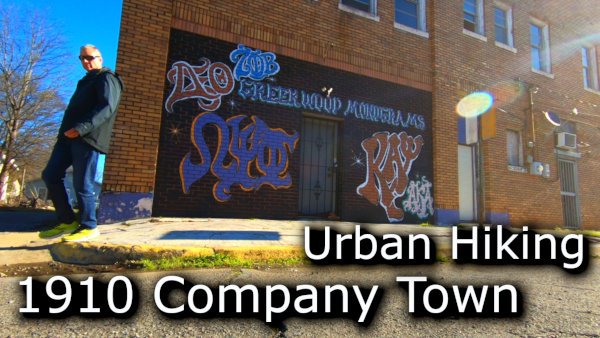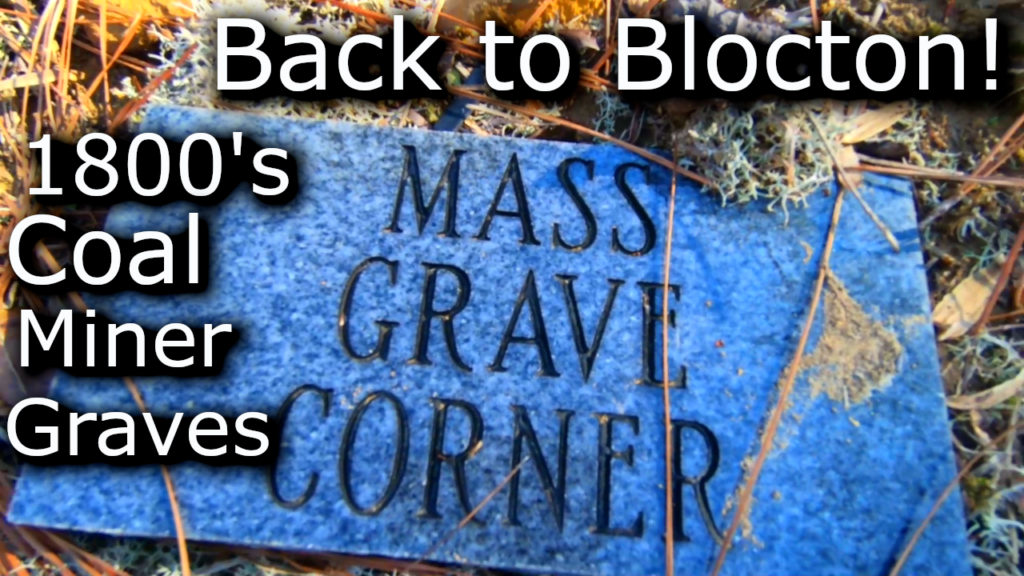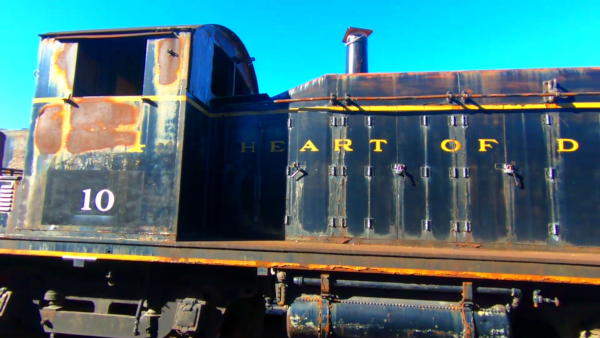
In this video I go Urban Hiking in the 2nd most dangerous city in the US, according to ourwovenjourney.com. It’s also the home of the original Mardi Gras – Mobile. Alabama! What?
I’m calling this one “2nd MOST DANGEROUS city in America? Home of the ORIGINAL Mardi Gras!”
Mobile is the oldest city in Alabama, founded in 1702 and home of the original Mardi Gras that started around 1703.
As stated on the mobilecarnivalmuseum.com site – 1703- Mardi Gras observed for the first time in the New World by French pioneers at Twenty-Seven Mile Bluff, the first settlement of Mobile.
I must personally say that I don’t know where ourwovenjourney.com got their statistics to say Mobile is the 2nd most dangerous city in the US… While Mobile has it’s share of homeless wandering around, as do most cities, I never felt in any danger and I was walking everywhere.
In fact, I wouldn’t think twice about visiting mobile as it seemed perfectly safe to me and there were plenty of police patrolling the downtown area. Maybe Mobile has it’s high crime areas, as most places do, but again, I had a great time and NEVER felt unsafe in any way! I would encourage everyone to visit Mobile, Alabama as I think you’ll love it!
According to encyclopediaofalabama.org – Founded by the French in 1702, Mobile is Alabama’s oldest city and a major port facility for the region. The city’s three centuries of history have been inextricably tied to the development of its port and the economic prosperity of the adjoining area. The city hosted the first Mardi Gras festivities in North America and has a rich cultural heritage. Mobile was the final destination of the last enslaved Africans brought to the United States shortly before the outbreak of the Civil War. During the turbulent years of the civil rights movement, Mobile earned a reputation of tolerance in part because of the absence of violent demonstrations seen in many southern cities. Today, Mobile continues to serve a crucial economic role as a major port facility for the state and region. Notable people from Mobile include baseball greats Satchel Paige, Billy Williams, Willie McCovey, Hank Aaron, and Ozzie Smith. Famous figures in the arts include James Reese Europe, John Augustus Walker, Eugene Sledge, Eugene Walter, and Julian Lee Rayford.









